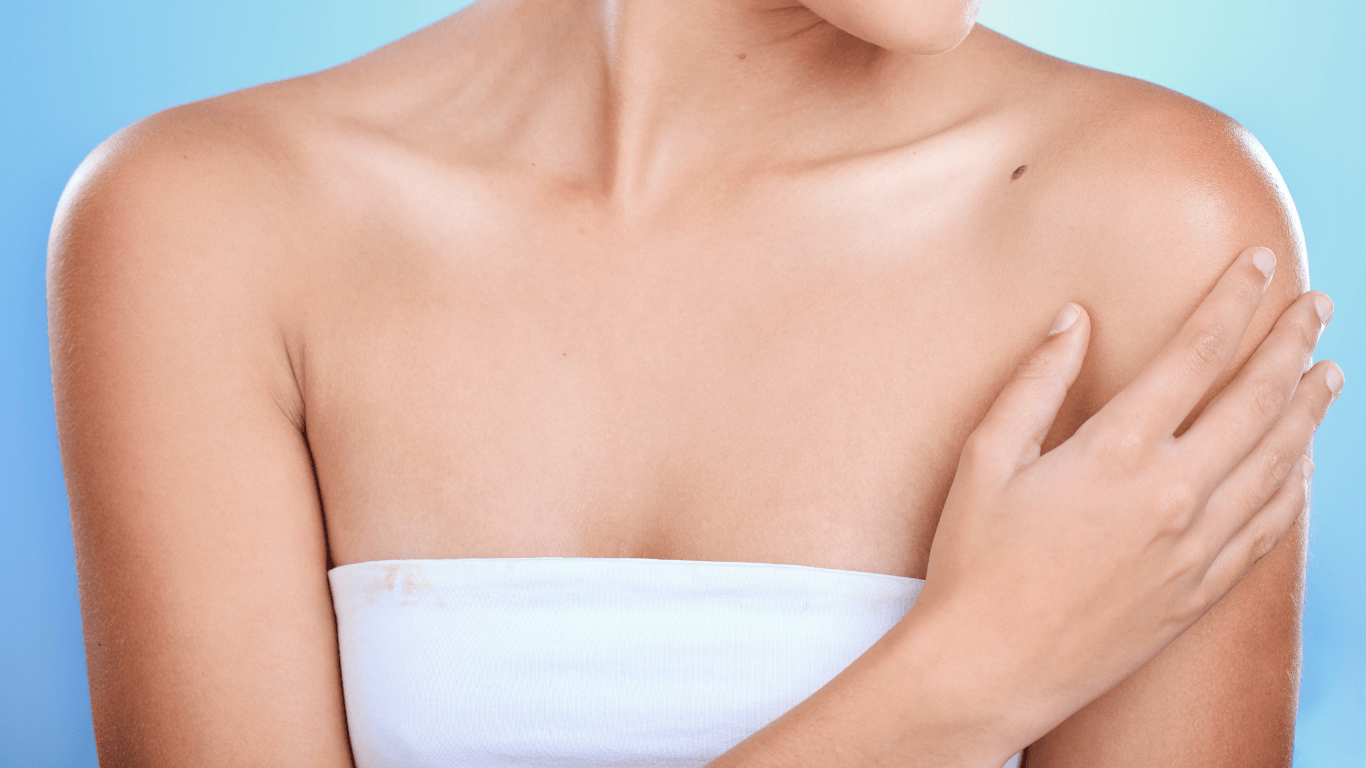
After a mastopexy (also known as a breast lift), it's completely normal for the skin to need time to heal. During this process, scars go through different stages before taking their final shape. Caring for them from the first days is key for them to heal properly and become softer and more discreet over time.
The use of suitable dressings, constant hygiene and sun protection are essential steps for a good recovery. According to an analysis of management of wounds and scars after breast reconstruction, early and planned care helps prevent complications and improves the aesthetic result. In addition, products such as silicone gels or patches can promote more uniform healing.
Lifestyle also has a big influence. Maintaining a good diet, avoiding smoking and following medical advice accelerates skin regeneration and improves the final appearance. With perseverance and attention, scars tend to fade over the months, leaving a more even and natural skin.
Proper scar care during the first few days is essential. Keeping the area clean, dry and protected prevents infections and helps skin heal without tension. In addition, wearing the surgical bra recommended by the doctor helps maintain the shape and stability of the chest.
During the first week, the area must be kept clean and dry. Washing is done with mild soap and warm water, without rubbing. Afterward, it is gently dried with a clean towel, giving small touches.
Avoid applying creams or oils without medical approval. Some products may irritate the skin or interfere with healing. When the wound is completely closed, the doctor may authorize gentle massages or the use of silicone sheets, which help to soften the skin texture.
Sterile bandages (medical bandages) protect the area from rubbing against clothing and possible infections. They are changed as directed by the surgeon, usually once or twice a day.
The post-operative bra keeps the chest in its correct position and reduces tension on the scars. It should be firm but comfortable, without causing pressure or chafing. In most cases, it is recommended to use it day and night for the first few weeks.
Inadequate support can cause discomfort or affect healing. That's why it's important to check the fit with medical equipment and change it if it gets wet or dirty.
Newly healed skin is very sensitive to sunlight. Exposing it directly can darken the area or make scars more visible. For the first few months, it is recommended to cover the area with cotton clothing or opaque bandages.
When the skin is completely closed, broad-spectrum sunscreen can be applied with SPF 50+. This habit helps maintain uniform skin color and prevent blemishes.
The scar treatment combines different strategies that help the skin regain its softness. Silicone products, controlled massages and medical protective sheets are some of the most effective tools for achieving a natural appearance.
Products that contain silicone, vitamin E or hyaluronic acid help keep the skin hydrated and supple. These formulas soften scar tissue and prevent it from hardening. They are applied to clean, dry skin, usually twice a day, with gentle movements.
Avoid products with fragrances or alcohol, as they can irritate. Keep the application consistent for at least 8 to 12 weeks, and consult your doctor before combining different treatments.
Massage improves circulation and helps collagen fibers — the protein that forms the skin — to be better organized. This makes the scar flatter and less visible. It should be done only when the wound is completely closed, usually after three to four weeks.
The movements should be circular and smooth, for a few minutes each day, without causing pain or irritation.
Silicone sheets or patches create a protective barrier that maintains the skin's natural moisture. This helps the scar to heal more evenly and prevents it from rising or reddening. They can be used for several hours a day, removing them only to clean the area. They are reusable and compatible with almost all skin types.
Recovery after mastopexy doesn't just depend on physical care: it also depends on how you take care of your body in general. A balanced diet, adequate rest and regular medical check-ups promote faster and safer healing.
A diet rich in proteins, fruits and vegetables supports skin regeneration. Foods with vitamin C and zinc promote collagen production, which improves the elasticity and appearance of scars. Avoiding smoking is essential, as it reduces oxygen flow in the skin and slows healing.
During the first few weeks, the body needs time to adapt. Lifting heavy objects or making sweeping arm movements can affect the incisions. Therefore, it is recommended to avoid strenuous exercise and sleep on your back to protect the operated area.
Check-ups with the surgeon are essential. They evaluate the evolution of scars, adjust care and recommend additional treatments if necessary. This follow-up ensures a safe recovery and lasting aesthetic results.
Caring for scars after a breast lift not only improves the aesthetic result, but also the complete recovery experience. With the Dr. Allan Ceballos, each patient receives personalized guidance, focused on healing in harmony and maintaining a natural appearance.
With more than 15 years of experience and an approach that combines art, technique and empathy, Dr. Ceballos accompanies his patients at every stage—from surgery to final follow—to ensure that every detail of your process reflects balance, security and trust.
Schedule your consultation today and discover how Dr. Ceballos can help you achieve a more natural, well-groomed recovery in harmony with your authentic beauty.